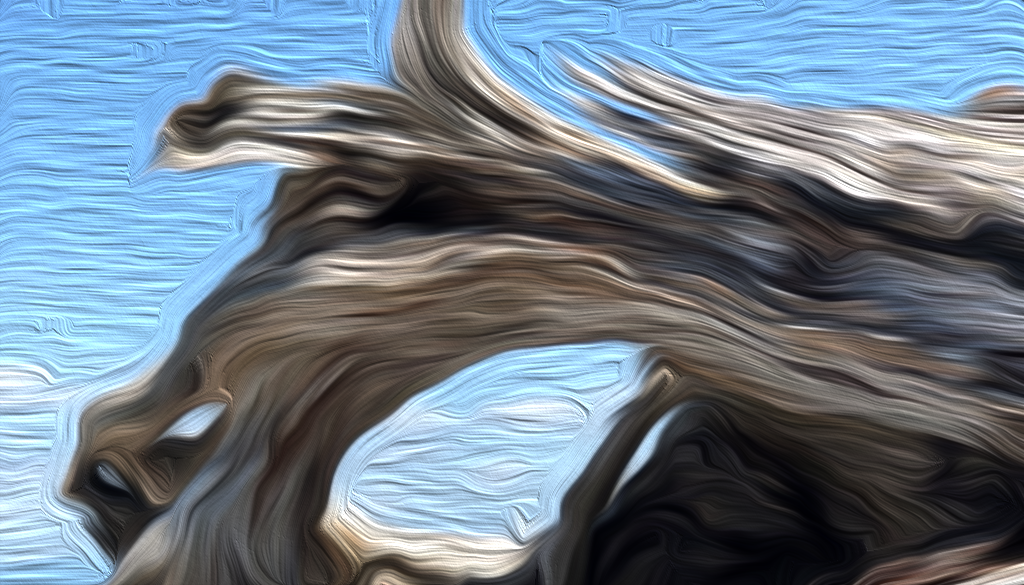A Framework for Visionary Design
Lately, I’ve been trying to improve my design chops, so I reached out to my colleague Mike Pell, head of Design at the Microsoft Garage, and picked his brain. Here’s a framework we pulled together, blending our perspectives.
After a short while, I went to the board and drew an upside-down U.
Years ago, I heard Malcolm Gladwell say in an interview that he’s enamored with inverted U-shaped curves, because so many phenomena follow them. Once you start looking you see them everywhere. There are many cases where too much or too little or something has poor results, but There’s a sweet spot between them. Take for instance stressors, too little stress keeps something weak, too much may break it, but the right amount can lead to flourishing.

I shared this concept with Mike, drawing on the whiteboard, and asked him to help me understand the sweet spot for design. I labeled the Y axis “greatness” or great design. Without hesitation he said, “The X axis is vision.” Bam! We were off.

After that key moment of insight, we dug into a very fun conversation. Eventually, we split up the space with vertical slices along key points on the vision axis, and labeled them. It seemed to check out with a number of quick tests on designs we know.

Right down the middle there’s a perfect moment that has peak design. That has just the right amount of vision: inspired and attractive to other designers while meeting the exact needs of the intended audience.
But there’s still a fairly wide area at the top of the curve across the sweet spot. Immediately to the left or the right of the middle, are designs that are still perceived as really great by the audience. Left of the mean are the tasteful designs, to the right — higher on vision — the designs are edgy. If you go too far out in vision, they’re ideas that are ahead of their time, recognized by other designers as powerful, but not yet ready for the public. And beyond that, very low quality ones others view as out there, and their time may never come.
Those behind on vision, to the left of tasteful are the ideas that are stale— “too safe” and trite. And to the low end are the designs that are now irrelevant.
Mike gave the key insight to label the axis as Vision, and then immediately a whole framework sprung to mind. Something that’s interesting about vision is that it changes over time. What’s edgy this season may be stale by the next. It requires staying on top of the latest design trends to hold the edge or a very clear vision to identify designs that will be timeless. It’s worth exploring this through additional dimensions like time.
Enjoy, and please let me know if you find value in this or see ways to develop it further.


May 25, 2020 @ 5:55 pm
Hi there! Do you use Twitter? I’d like to follow you if that would be okay. I’m definitely enjoying your blog and look forward to new posts.
May 25, 2020 @ 7:51 pm
Hello Clement,
Thank you for writing. Yes, I use Twitter. You can follow me at @edgessey. There’s also a link to all of my social medium outlets at the top of this site.
Best,
Ed
May 27, 2020 @ 10:51 am
Very good article. I certainly appreciate this website. Stick with it!